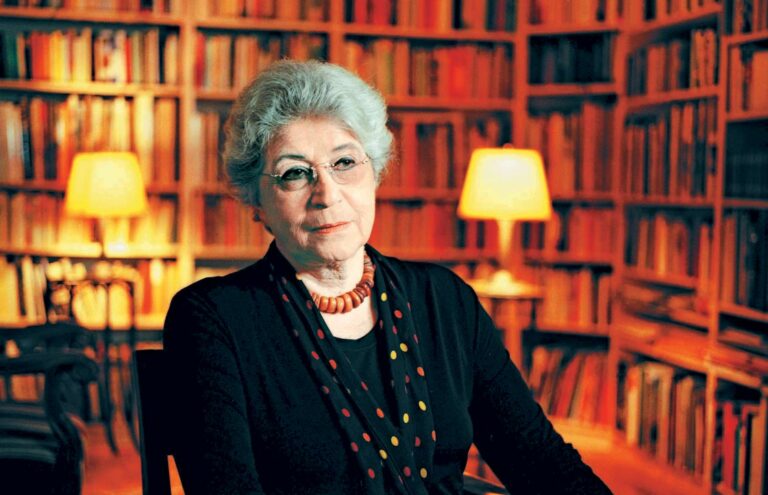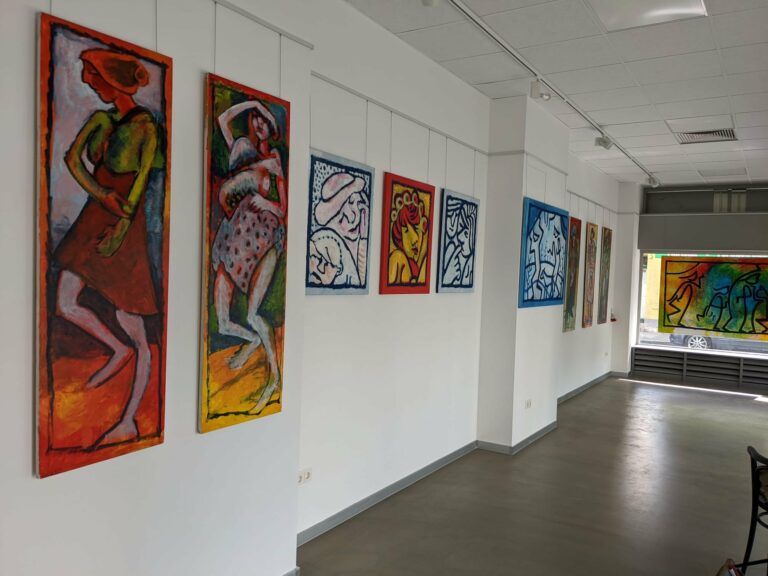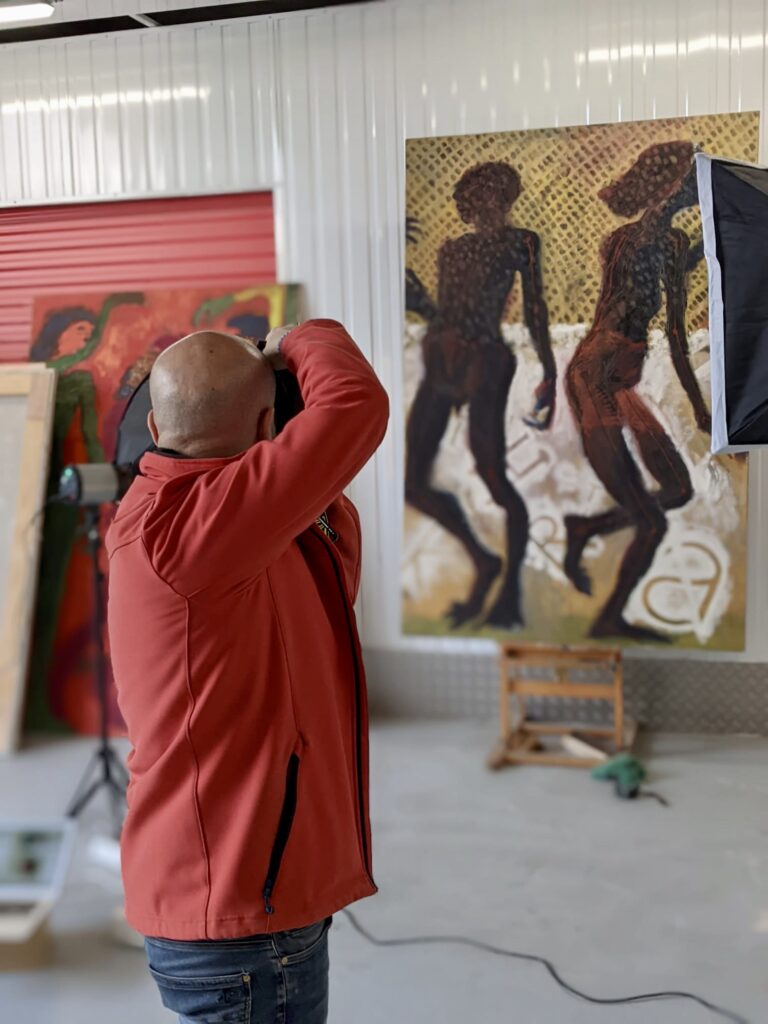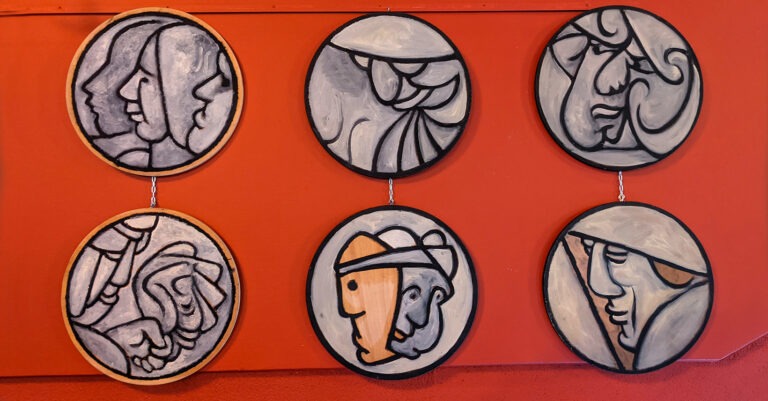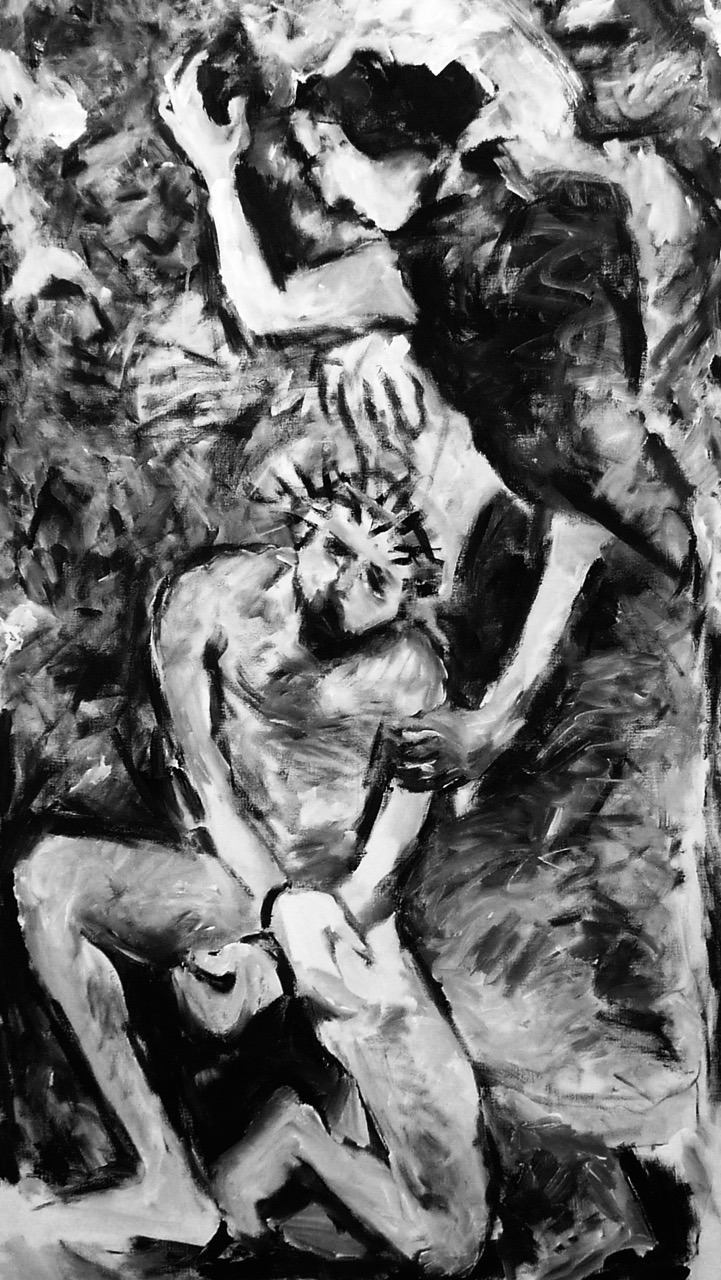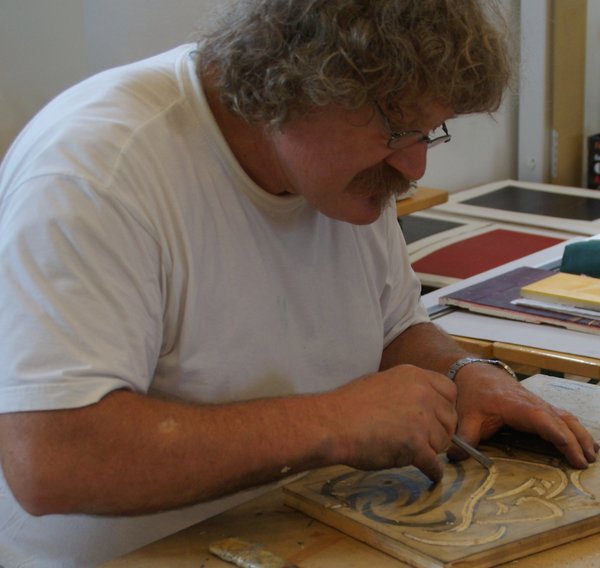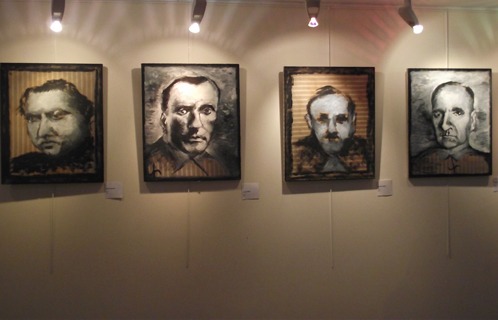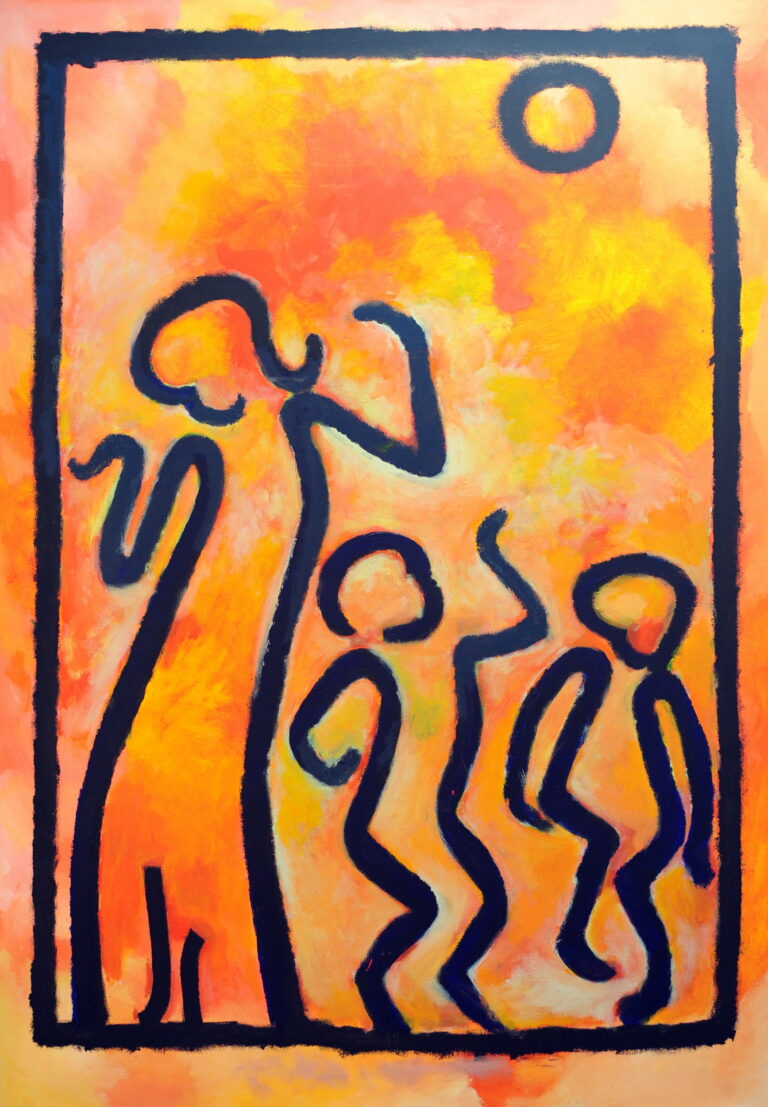Johann POLLAK, artiste peintre et sculpteur Franco-Autrichien (23 décembre 1948 – 15 septembre 2019), dédie l’ensemble de son œuvre à l’Homme : ses qualités et ses problèmes, son caractère et ses sentiments. Il ne prétend pas proposer des solutions, mais veut saisir les profondeurs de l’être humain et leur donner une existence.
« Tout jugement esthétique est un jugement de valeur »
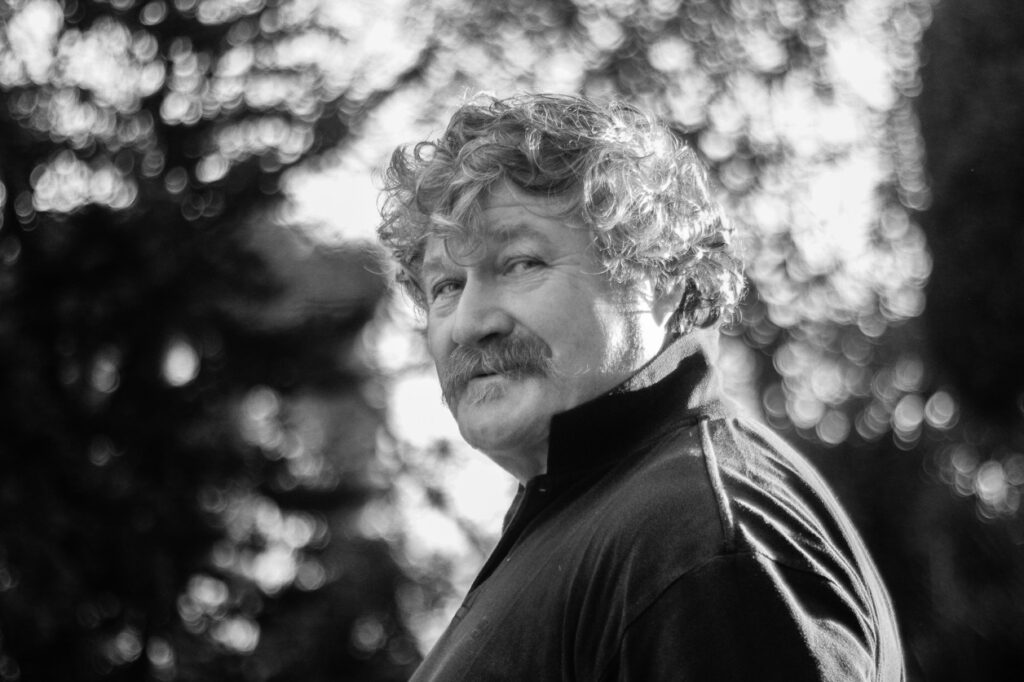
Johann Pollak, du dessin à la peinture
par Angelica Bäumer Johann Pollak, Vom Zeichnen und Malen
Hommage à Johann POLLAK à Vienne
VERNISSAGEAm Mittwoch 6. April 2022In der Volkshochschule (VHS) LiesingLiesinger Platz 3.1230 Wien JOHANN POLLAK widmete sein gesamtes Werk dem Menschen
Conception du catalogue raisonné de l’artiste
La conception du catalogue raisonné de l’artiste peintre Johann Pollak est en cours.
Hommage à Johann POLLAK au théâtre Toursky (Marseille)
Retour sur l'hommage à Johann Pollak - exposition de peintures
Exposition Johann Pollak « Chemin de croix, croisées des chemins »
Pour ma part, en créant ces douze tableaux, j’ai eu le souci d’être lisible, en proposant des images figuratives.
Die großen Meister des Holzschnitts
PREGARTEN. « Elemente einer Stadt – einer Landschaft » – so lautet der Titel eines Internationalen Holzschnittsymposiums, das diese Woche
Sanary Exposition, Johann Pollak peintre au service de la mémoire
Le Patio accueille une exposition d’une grande qualité avec les œuvres de Johann Pollak autour de « portraits » d’artistes
